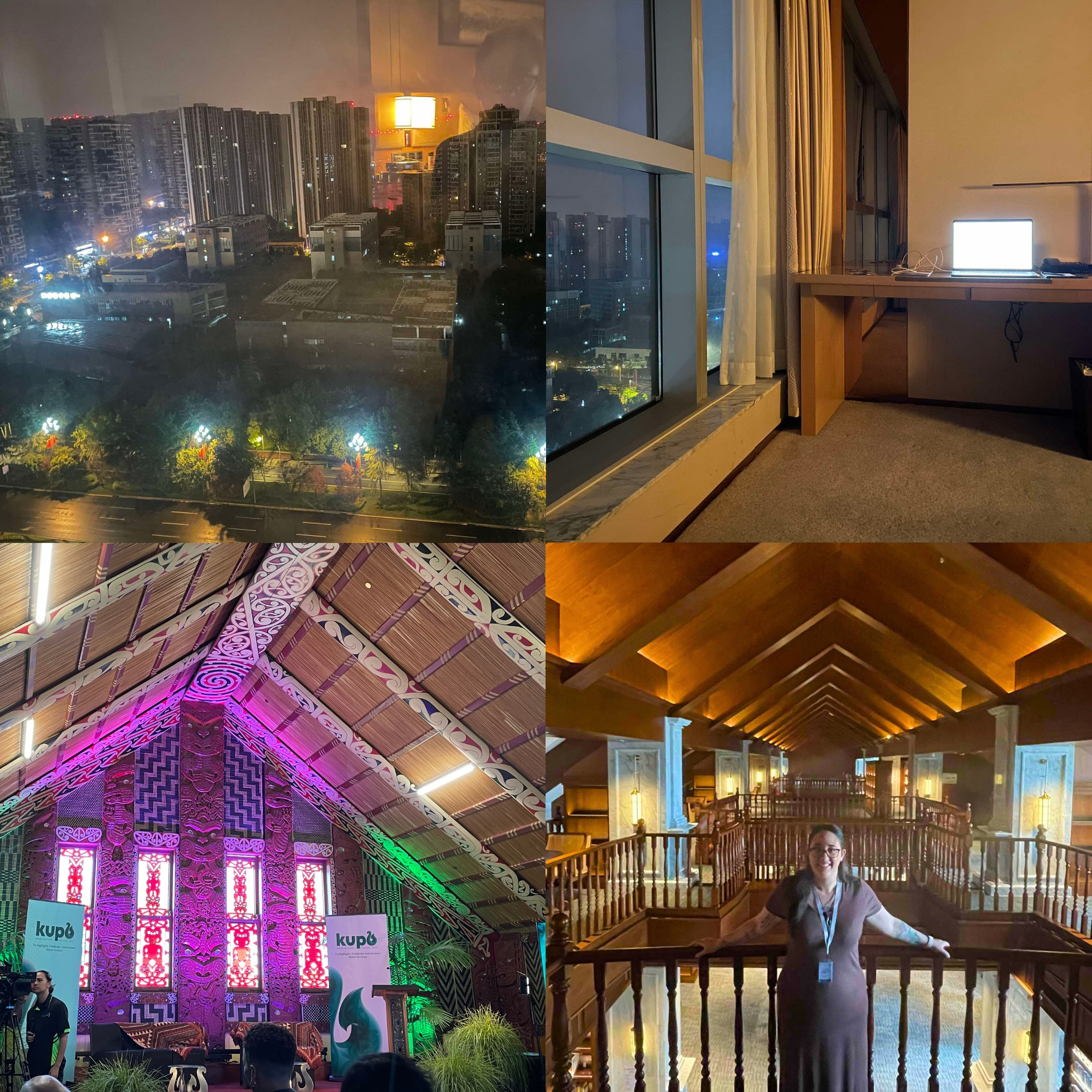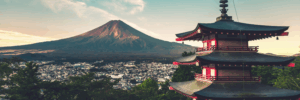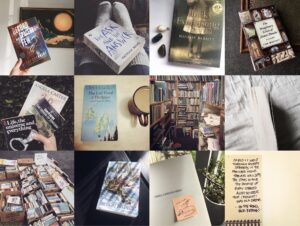This is the second version of this blog post because today at the ātua wahine korero with Hana Tapiata I was inspired to relook at the purpose of my blog post and what I wanted to share, so I thought I would share some history that informs what I am writing. It is a little personal, but sometimes it is important for people to see who we are and what we are about.
Ko wai au?
I am the daughter of a woman who perhaps did her best, but it wasn’t enough.
I am the daughter of a man whose whakapapa I carry but didn’t know because he died before I met him when I was 7 years old.
I am the stepdaughter of a man who was racist against Māori and who should never have been allowed access to a Māori step-daughter.
I have grown motherless and fatherless. Well that’s not exactly true. I had a mother and I had a father, but when I look inside my own head at what a mother IS and what a father IS, I did not have those.
At 38 I have a beautiful whānau populated by my grandparents, my aunty, my brother, his partner and their child, my husband Daniel, whom I have grown up with, my 5 children and now, 1 grandchild. I have also inherited my husband’s whānau, a brother-in-law and his partner and their two kids, and their extended whānau.
All of these things make me a granddaughter, wife, mother, aunty, sister, sister-in-law, mother in law, and grandmother. All a part of my role as a wāhine.
But here’s the catch. How can I honor these when the most integral, most important formative relationship in my life, that with my own mother, is built on its own ruined foundations? I made so many mistakes as a 17 year old mother with my son, who is now 21, and the only way I learnt how to be a mother, is through him. He taught me.
With each child I have had, I have grown and learnt, again and again, how to be a mother, and now a grandmother and an aunty.
We always comment about how parenting doesn’t come with an instruction manual. But actually it does. The instruction manual is handed down to you, in your blood, in your own experiences with your parents and grandparents. And so my instruction manual was tainted with the ink of my own blood from the moment my mother met my stepfather when I was six years old.
The novel I am writing is my own investigation and exploration of motherhood and mothering. I did not have a mother that put me first, or showed me love or ensured both my physical and mental safety, so I want to investigate what this kind of mothering might look like, sound like, feel like. It is an investigation into how I can be a better mother to my children. A good grandmother. It is not enough to fall pregnant and spit a child out. They become what we make of them and what we hand down to them. I know I have and am handing down some negative teachings, but these are also balanced with the positive teachings I have taught myself to hand down as well, because despite our flaws, the human condition, we have infinite capacity to learn and be better than we were before. That is what makes us human.
It is this narrative of my own I want to rewrite through the exploration of my fictional characters, a mother and her daughter. I have explored their connection to each other and to the world around them, the worlds within them and the worlds they have access to as wāhine. I have explored their connection with their foremothers, all the way back to Papatūānuku. It is this exploration that I now rewrite and edit and rewrite. An exploration indelibly tied to my own life experience and borne of the desire to know: What is a mother?
The rewriting is what I am doing now. I have the story of these wāhine and now it is time to take space and guide their stories to a better fruition. I recently returned from China, and it was here that I began to take stock of some of the storylines that needed developing. I sat in my friend Elijah’s school library (Shoutout the librarian Oliver!) at his international school in Chengdu and spent the day crafting five separate chapters and ensuring they are interwoven and connected, because such is the relationship between mother and daughter and in this space the story grew and evolved. There is still evolving to do, but evolution can really only be taken one step at a time.
The next step is to evolve again. To reshape, cut, add, and rewrite until these fictional (but arguably real) wāhine are tested and pushed to grow into the new iterations of themselves that end up on the page. At the KUPU festival (which was definitely after this blog post was due!) I gained further guidance in the form of matauranga from many of the formidable wāhine that spoke, and some from the tāne also. I make some promises in my opening chapters that I now need to keep and this means relooking at my storylines and my structures and write new content into my novel to grow it.
However this new content comes at a price I must learn to pay: cut the undergrowth, a message from both my amazing mentor Jacquie that was reinforced by JP Pomare at his book event at McLeods in Rotorua.
So I’ve found the secateurs, and I shall have at it.
Addendum:
Luck can be wished in the form of an Instagram follow 😘 @taryntraceybaker





